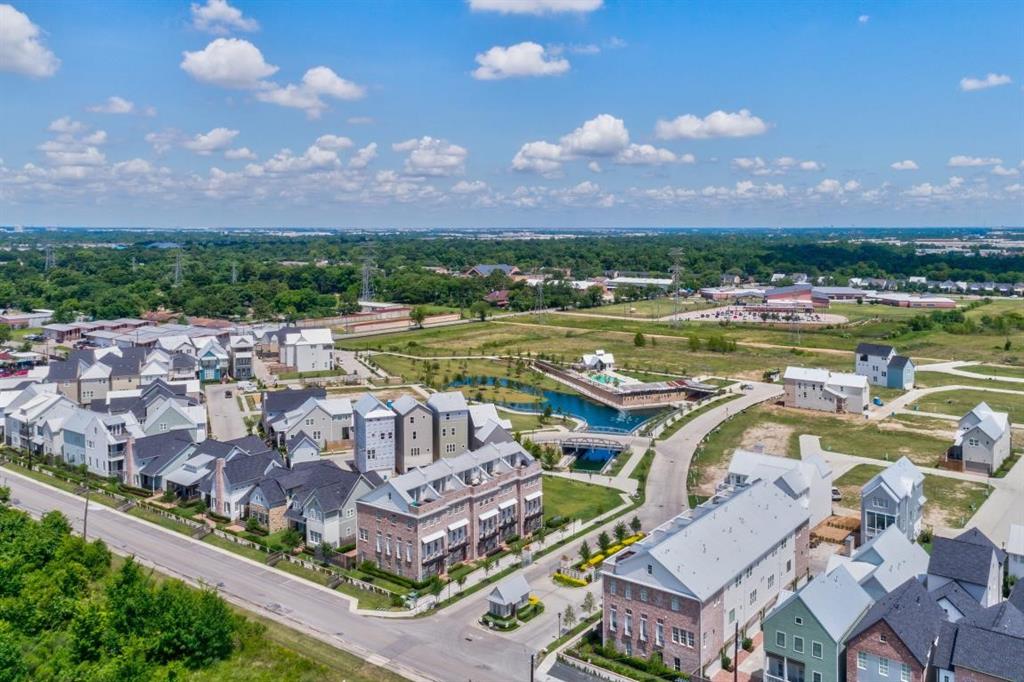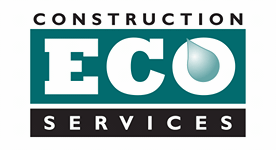
LID Solutions Gains Development Three Additional Lots
Project Background
In January of 2010 an organization called the Houston Land/Water Sustainability Forum wrapped up a Low Impact Development Design Competition in which 22 professional design teams comprised of architects, civil engineers, and landscape architects along with dozens of other professions teamed up to compete in one of three categories: single family residential, urban redevelopment, and green roadway. Finalists were chosen by a panel of 5 expert judges and sent to the finals round which required a 7 minute lightening round presentation to a room full of colleagues and a panel of 20 jurors comprised of local and national municipal and regulatory dignitaries and local property developers. All 9 of the finalists showed not only a reduction in flash flooding and extraordinary water quality benefits, but that the economic advantages of Low Impact Development (LID) / Green Stormwater Infrastructure (GSI) could be a major game changer.
One of the developers on the jury panel, Frank Liu, President of InTown Homes, was so impressed with the presentations that he hired the winner of the residential property design challenge, EHRA, Inc. to design his acre town home project.
InTown Homes was founded in 2003 by the same creative minds behind Lovett Homes; they focus on building beautiful, environmentally friendly “Eco-Hip” designs with impressive energy efficient features and amenities. Their homes not only look luxurious, but they also perform exceptionally well.
The Business Case
One of the lessons from the design competition was that through the use of Low Impact Development techniques such as bioswales and porous pavers, engineers could design a drainage solution that extends time of concentration resulting in a decrease in peak discharge back to predevelopment levels. This decrease in peak runoff allows for up to a 40% decrease in detention volume. If you couple that with integrated drainage into landscaping, developers begin to pick up real estate once lost to detention ponds. In the case of Kolbe Farms, the team of EHRA created a site plan that used porous pavers and the FocalPoint High Performance Modular Biofiltration System (HPMBS) to nearly eliminate a detention pond and in the process gained three additional lots, or 15% more homes. Although there was an increase in cost due to the use of pavers, with the savings provided by the FocalPoint Implementation, these homes which start at $240,000 provided the return needed to make the overall solution viable.
The FocalPoint HPMBS is the first of an influx of Next Generation Low Impact Development solutions provided by Convergent Water Technologies (Construction EcoServices is a member of Convergent’s Value Added Resellers Network). The FocalPoint HPMBS moves the designer toward a complete solution based approach to design rather than sourcing various parts and pieces from multiple vendors where quality assurance and quality control are often lacking. This way of thinking gives the designer the peace of mind that every time a FocalPoint HPMBS is specified, they get a consistent, measurable result. For the Kolbe Farms Townhomes, this was critical, as the engineering firm had designed the biofiltration system to manage the 100 yr storm. To ensure success, they needed a solution that could guarantee results; and a solution that was greater than the sum of its parts.


